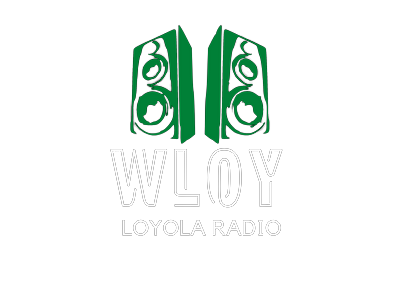Concepts: Introducing New Students
This week we were very excited to return from a brief break due to MSA testing and begin with the fourth graders who have been selected to participate in WLOY’s national award winning program What Happens Next. At the end of February I posted about the open house/demonstration meet and greet session for the parents and students who have been selected to receive the next round of RadioEdu scholarships, and this is the first step in their journey! Just as J and M begin with What Happens Next in the Fall, the fourth graders will be using that program as a medium to learn audio production and engineering! What I’m going to call the “RadioEdu twist” on this structure is that our current fifth graders, J and M, will apply their engineering knowledge that they have learned throughout their time with RadioEdu and will be engineering and producing the fourth graders’ content!
We started the session with a brief introduction by Principal Hewitt, and John and I also gave a brief overview of the program and setup. As we want to really promote autonomy of our youth, we had J take the lead on what he likes most about RadioEdu and any advice he had for the new crowd. After this, J took the new students into the studio and gave them a tour of the software and hardware. He explained, in detail, how the mics work, the importance of position, sitting still, and how to check levels. We then had J engineer a session where he would conduct brief interviews with each of the fourth graders! J had no prior knowledge of this, as it was an impromptu session. He handled it remarkably well and was able to professionally conduct the recording, ensuring that the new students moved along swiftly, as we only had about 30 minutes left to finish all the interviews!
John and I were both thrilled to see how well J handled the session. He needed very little guidance, and I only jumped in when some of the newer students were becoming a bit too excited. J checked their levels, armed the tracks for recording, and made sure that each new student was recorded at a solid volume. John and I are looking forward to implementing this model as the future of RadioEdu, as it strengthens the bonds between the students in the school and provides a practical application for the skills that they are learning!
